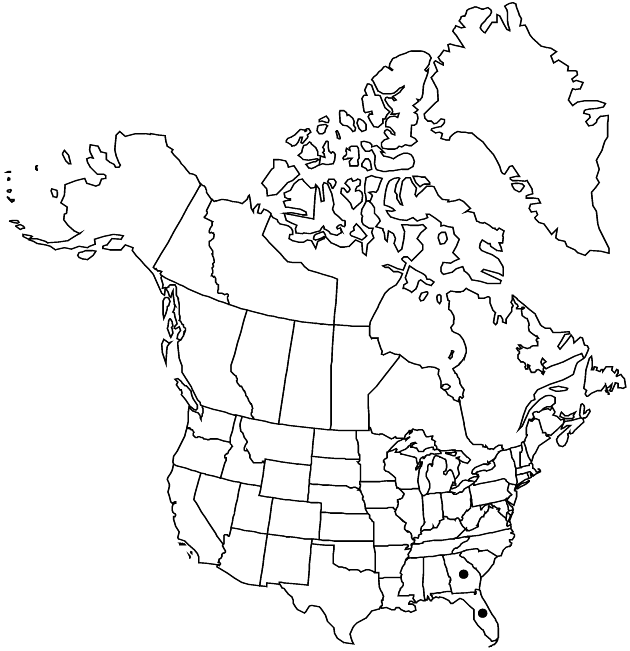Rudbeckia nitida
J. Acad. Nat. Sci. Philadelphia 7: 78. 1834.
Perennials, to 140 cm (rhizomatous, roots fibrous). Leaves green (lightly glaucous), blades elliptic to lanceolate (not lobed), leathery, bases attenuate to cuneate, margins crenate, entire, or toothed, apices acute, faces glabrous or sparsely hairy; basal petiolate, 15–60 × 2–8 cm; cauline petiolate or sessile, 5–50 × 2–9 cm. Heads borne singly or in ± corymbiform arrays. Phyllaries to 2 cm (margins sometimes ciliate, sparsely hairy). Receptacles ovate to columnar; paleae (recurved prior to flowering, erect to spreading in young heads) 5–6 mm, apices acute to acuminate, abaxial tips hairy. Ray florets 8–15; laminae oblong to oblanceolate, 12–60 × 5–15 mm, abaxially sparsely hairy. Discs 10–30 × 12–20 mm. Disc florets 200–300+; corollas yellowish green proximally, maroon distally, 3.5–4.5 mm; style branches ca. 1.2 mm, apices acute to acuminate. Cypselae 3–5.5 mm; pappi ± coroniform, to 2 mm. 2n = 36.
Phenology: Flowering spring–summer.
Habitat: Wet pinelands, swales, ditches, bayous
Elevation: 0–40 m
Discussion
Of conservation concern.
Rudbeckia nitida grows in northern Florida and southern Georgia (a report for Alabama has not been confirmed). It is cultivated as an ornamental. According to R. Kral (1983), it is threatened or endangered and is associated with savanna or bog dicots and monocots, particularly Eriocaulon, Sarracenia, Lachnocaulon, Rhexia, Xyris, and the composites Coreopsis, Helianthus, and Liatris.
Selected References
None.
